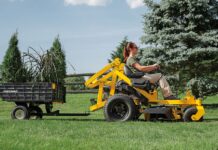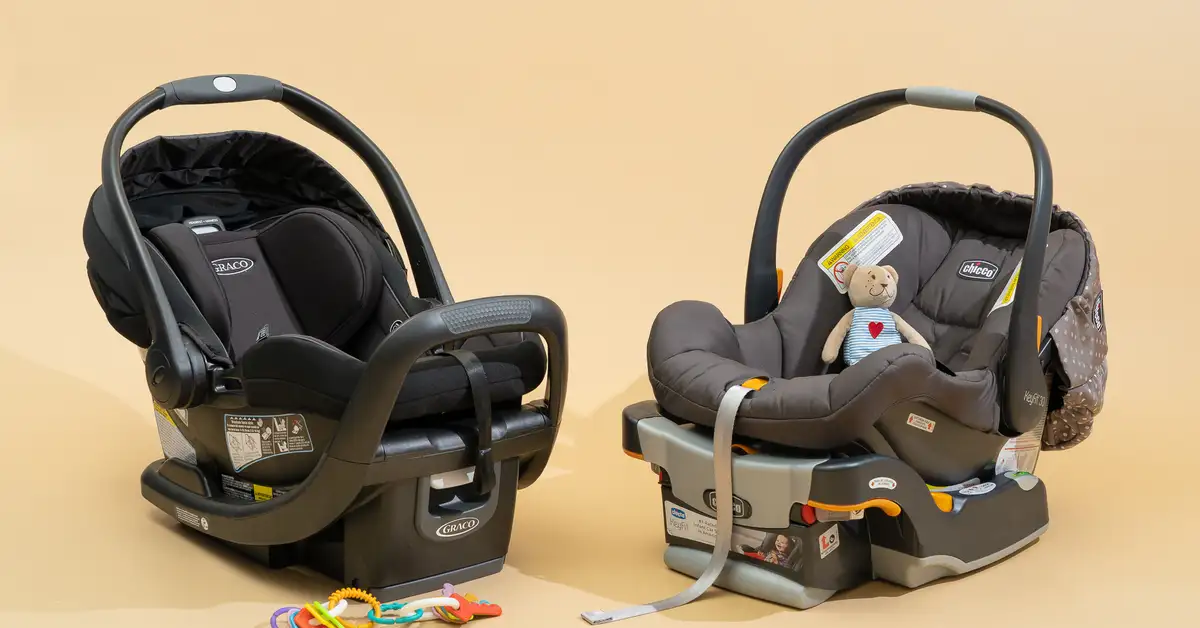
As a new parent, one of the most important decisions you will make is how to keep your newborn safe while driving. Baby car seats are an essential item for any parent, and they can significantly reduce the risk of injury or death in the event of a car accident. However, using it can be overwhelming, especially for first-time parents. In this article, we will cover the basics of installing and using it for your newborn.
1. Choosing the Right Car Seat
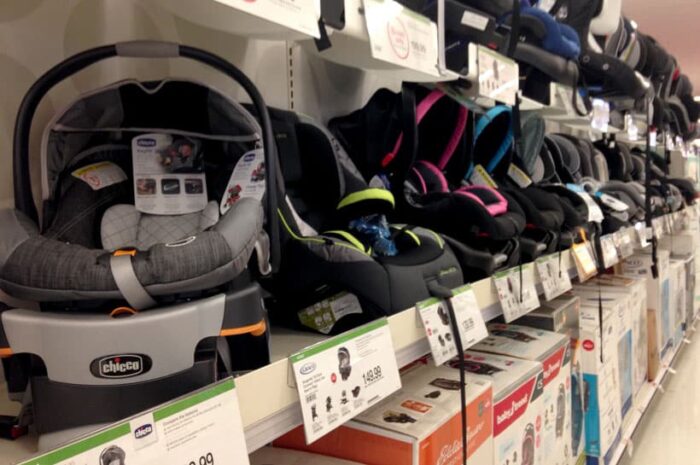
The first step in using a baby car seat for your newborn is selecting the right one. There are several types of car seats available, including infant, convertible and all-in-one car seats. Infant ones are designed for newborns and can be used until your child is about a year old or reaches the weight limit for the seat. Convertible ones can be used from birth until your child is ready for a booster seat, while all-in-one ones can be used from birth until your child is old enough to use a seat belt.
When selecting it, make sure it meets safety standards set by the National Highway Traffic Safety Administration (NHTSA). Look for the one that fits your baby’s weight, height, and age. Some of them come with additional features such as extra padding, adjustable harnesses, and reclining positions.
2. Installing the Car Seat
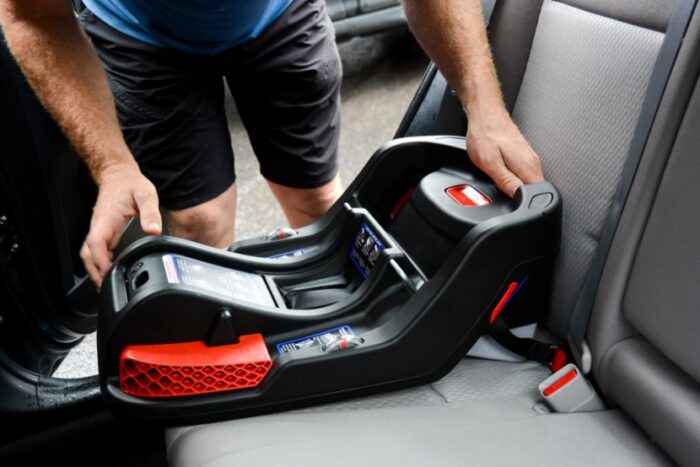
To install it using the seat belt, start by reading the manual and your vehicle’s manual. Place it in the backseat of your car and route the belt through the correct path as shown in the manual. Buckle the belt and make sure it is locked in place. Then, push down on the car seat and pull the belt tight to ensure a secure fit.
To install it using the LATCH system, locate the lower anchors in your car’s back seat. Attach its lower anchors to the car’s anchors, and then use the tether strap to secure it to the car’s tether anchor. Again, make sure it is securely in place.
3. Using the Car Seat
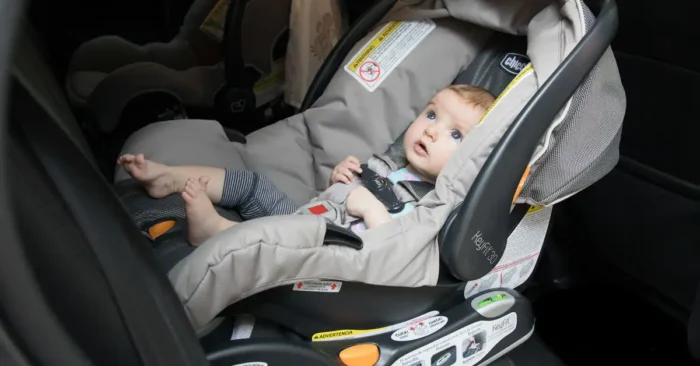
Now that your car seat is installed, it’s time to use it properly. The first step is to ensure that your baby is properly secured in it. The harness straps should be snug against your baby’s shoulders, and the chest clip should be at armpit level. The harness should be adjusted as your baby grows to ensure a proper fit.
It’s also important to position it correctly. For infants, it should be installed rear-facing in the back seat of the car. This position offers the best protection in the event of a crash. Make sure it is reclined at the correct angle, as indicated in the manual.
When driving, make sure your baby is always in it and properly secured. Never leave your baby unattended in it, even for a short period of time.
4. Regular Check-Ups
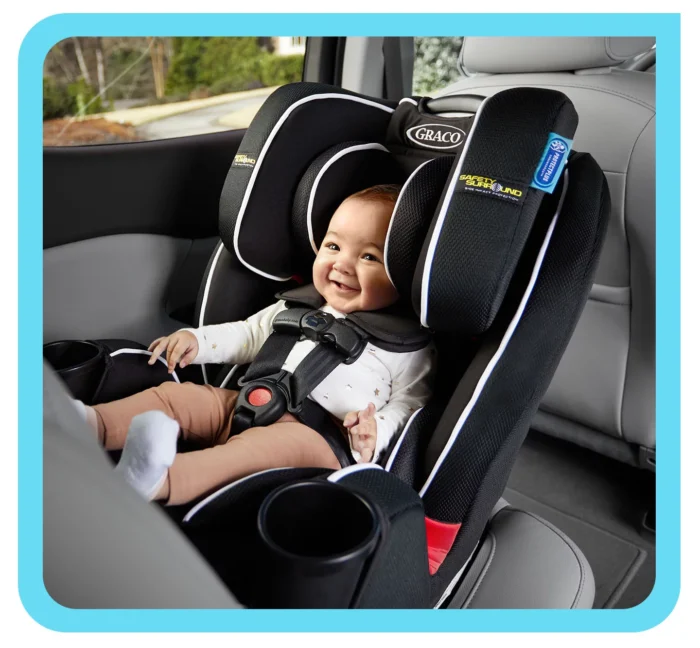
It’s important to regularly check your car seat to ensure it is still properly installed and your baby is properly secured. Check the harness straps to make sure they are snug, and adjust them as needed. Make sure it is still securely installed and not moving more than an inch in any direction. Check the expiration date of it and make sure it is still safe to use.
In addition, make sure to register it with the manufacturer so you can be notified of any recalls or safety issues.
In conclusion, with these tips, you can feel confident in your ability to keep your newborn safe while on the road.

